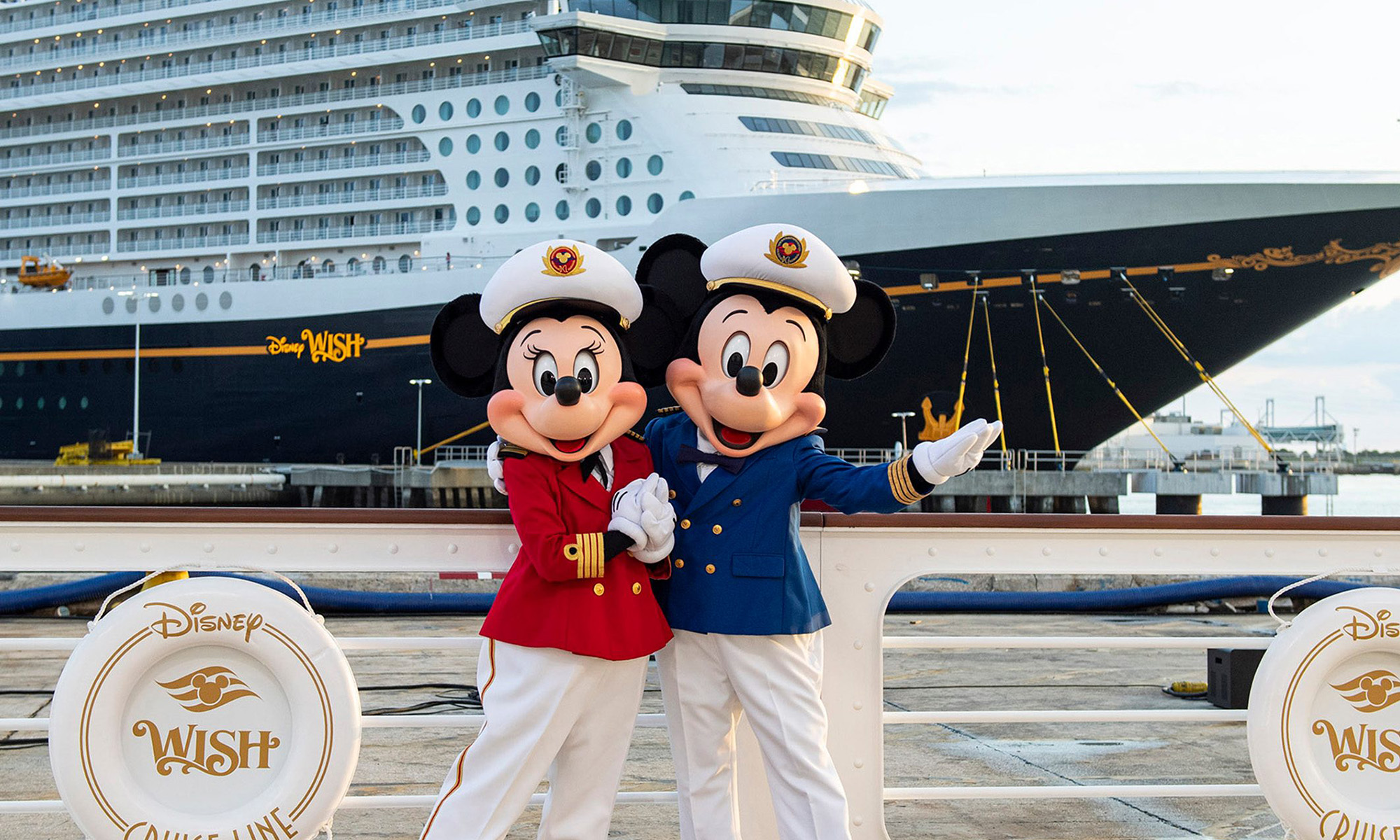As soon as news broke that Walt Disney (DIS 1.83%) was acquiring the bulk of Twenty-First Century Fox's assets in a blockbuster deal, it was obvious: Disney was out to change streaming. Since then, Disney has made all of the right moves to challenge Netflix (NFLX 0.04%) for streaming supremacy. It has taken control of Hulu (originally a joint venture with several major media partners), rolled out sports streaming service ESPN+ (growing its subscriber base quickly), and announced a new streaming service, Disney+. Both the streaming ecosystem and the impressive bundled deal seem poised for success.
But this isn't a coronation. Disney is on track to take on some serious competitors, and in the end, it has the opportunity to emerge as the big kid on the streaming block. But there's still plenty to do before it can declare victory -- here are some of the challenges the company still has to tackle.

Image source: Getty Images.
Avoiding problems on Disney+ launch day
Disney+ is getting a lot of good press right now, and rightly so: It's sporting some enviable media properties and is ready to come into the market at a price that undercuts many competitors, especially Netflix. But it's important to remember that the service hasn't actually launched yet. We don't know how it will be organized, what content-discovery features it will have, or -- crucially -- whether it will have a smooth launch. Bad launches can hinder streaming services, and embarrassing server issues on launch day would really hurt Disney's momentum.
Is this a challenge the company is up to? Disney exec Michael Paull says yes. He told The Verge that his team was "thinking very much" about overload issues and coming up with ways to keep servers up in the face of launch-day traffic. But Disney has had issues doing so on ESPN+, albeit with live-streamed events, which can be trickier than on-demand content due to limited buffering abilities (you can't buffer video that hasn't happened yet). The Disney+ launch-day crowd is virtually certain to be larger than the crowds that swamped ESPN+ during UFC matches -- the sports offering has a relatively modest two million or so subscribers.
Avoiding problems in high-traffic moments
Disney+ launch day will see the streaming service welcoming large numbers of users for the first time. But the hordes are likely to grow even larger with the debut of popular new programming. The good news for Disney is that, after launch day, subscribers can stream whenever they desire. There will be surges in viewer traffic, like weekday evenings and weekend afternoons, but will users ever again rush to log on and stream all at once?
Actually, they probably will. That's because Disney+ is opting for an HBO-style weekly release schedule for its original series, rather than a Netflix-style season dump. Rather than binge-watching at their leisure, subscribers will presumably behave more like Game of Thrones viewers and try to watch their favorites "live."
That can cause problems, and nobody knows it more than Paull: He was CEO of BAMTech, which ran HBO NOW's streaming when Game of Thrones fans crashed the service during a popular 2017 episode. The popularity of Game of Thrones has caused some smaller issues since then, and fans could certainly give Paull's streaming team some headaches if the Disney+ originals are the hits management hopes they are.
Making multichannel live TV work
Disney+ isn't the company's only source of streaming challenges. There's also Hulu + Live TV, the multichannel live-streaming arm of Hulu. While its estimated 2.4 million subscribers are impressive for a live TV streaming service, that figure is nothing compared to the subscription video-on-demand giants.
Can the company make Hulu + Live TV work? Having a unified streaming ecosystem may help, but this service was conspicuously absent from Disney's big bundle-deal reveal. Judging by the rest of the live TV streaming space, Hulu + Live TV is probably losing money.
Management can try to leverage its other streaming holdings to boost the service's fortunes, but this is perhaps Disney's greatest streaming challenge. And while multichannel live TV services are relatively well-positioned, they haven't been the best investments in the past.
Bringing Spider-Man back
Disney's breakup with Sony over Spider-Man was poorly timed. Spidey, arguably the most iconic creation of Marvel Comics, had just been featured in Marvel Studios' box-office smash Avengers: Endgame, and the Marvel Cinematic Universe has been a big part of the plan for Disney+. But now Spider-Man has once again left the Marvel Studios fold, and he doesn't seem likely to come back anytime soon.
That's bad news, but it gets worse: Without a deal with Sony, Disney doesn't actually have the streaming rights to the two Spider-Man solo flicks made during the web-slinger's time in the Marvel Studios family. Spider-Man: Homecoming and Spider-Man: Far From Home were both big hits, and both will be absent from the opening-day lineup on Disney+ unless the two companies work something out. Can Disney bring Homecoming and Far From Home home? The smart money is on "yes," but that's not to say it will be easy -- or cheap.
Disney's time to shine
This is not to rain on Disney's parade, nor is it to say that investors should be bearish on the company's prospects. It's merely to remind us that even superstars need to deliver on game day. Disney+ may well have a smooth launch, and the company may well have Spider-Man back in the fold by then. Hopes of rapidly expanding the company's streaming enterprise and poaching Netflix subscribers is still no easy task.







